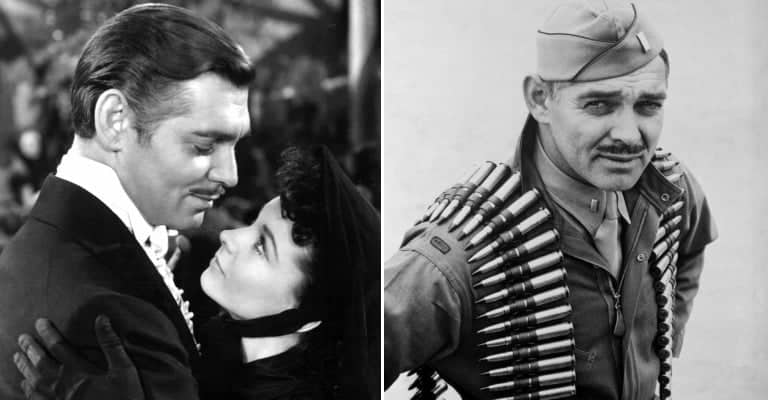Just about all veterans probably have a fascinating tale or ten to tell about their experiences in or out of uniform – or alternatively, a tale they probably wouldn’t want told, but that comes out anyhow. Famous veterans are in the same mold, except their fame makes those tales more titillating for the rest of us. Following are forty fascinating facts about famous veterans.
40. Yogi Berra interrupted his baseball career to fight in World War II

Yogi Berra, an 18 time All Star who won 10 World Series (more than any other player in MLB history), is one of only five players to have ever won the American League MVP three times. After his playing days were over, Berra went into coaching and managing. Between 1947 and 1981, Berra was a player, coach, or manager, in every New York team that made it to the World Series. All in all, he appeared in 22 World Series, and won 13 of them. Less known about Yogi Berra is that he took a break from baseball to fight in WWII.

